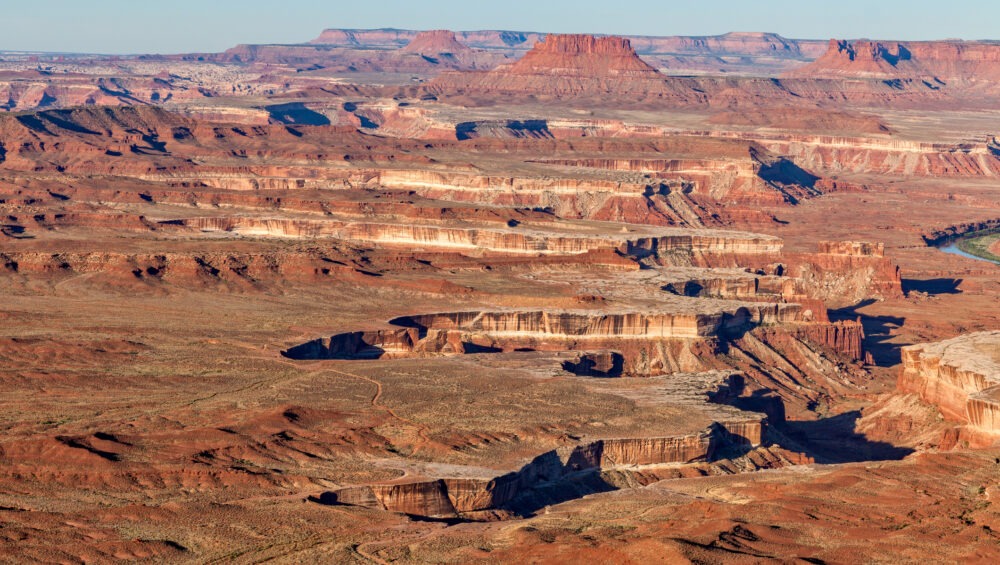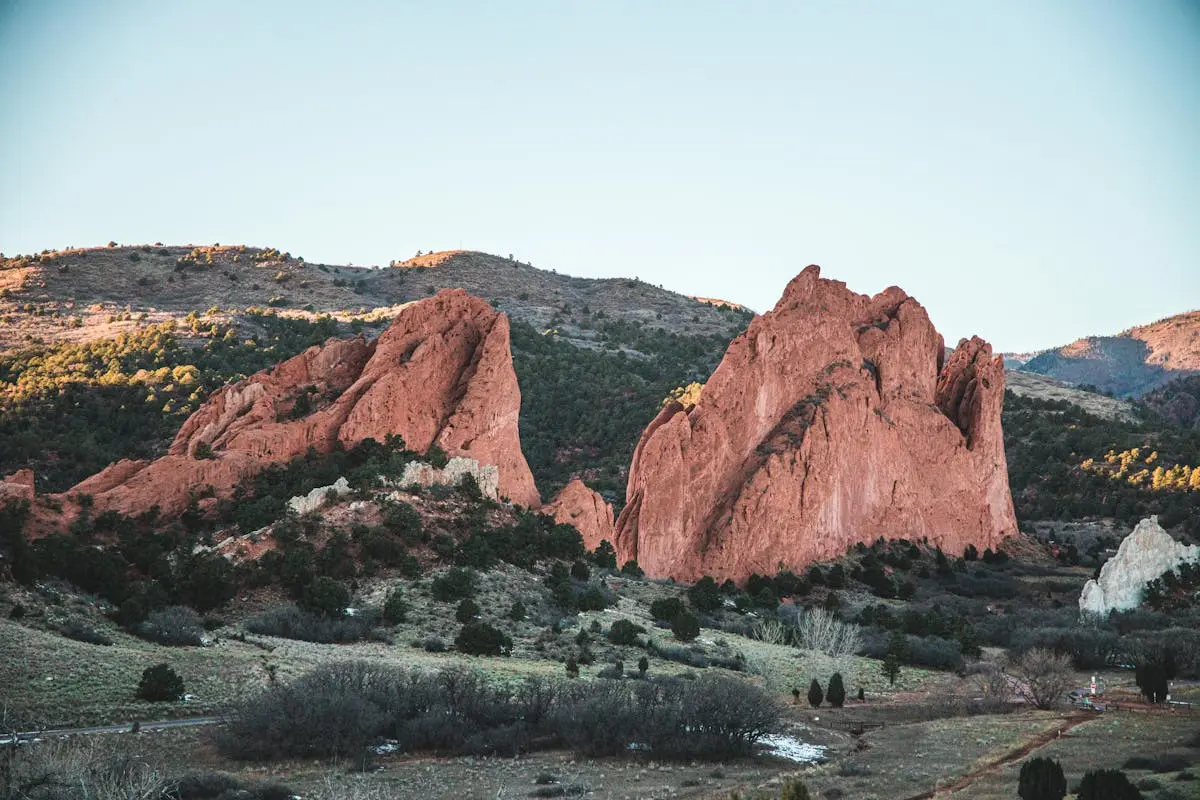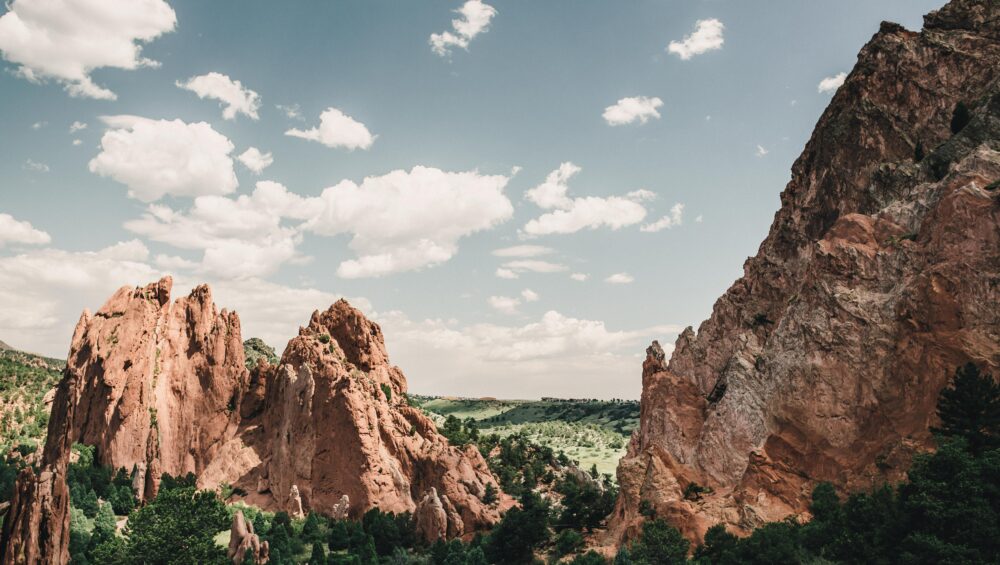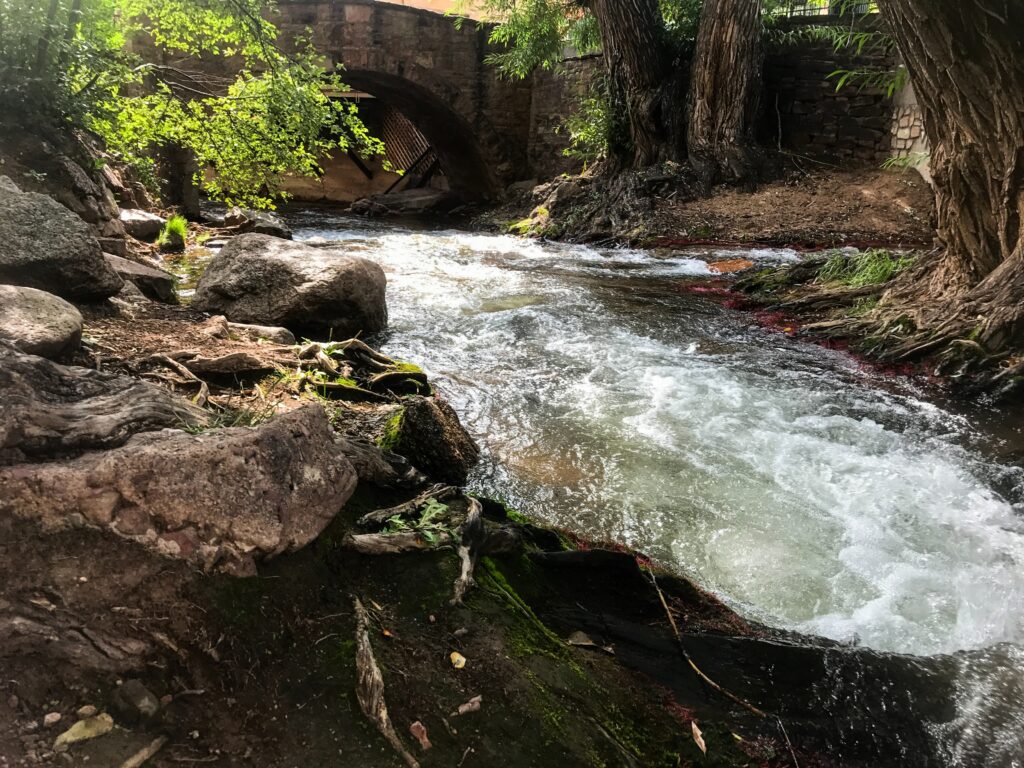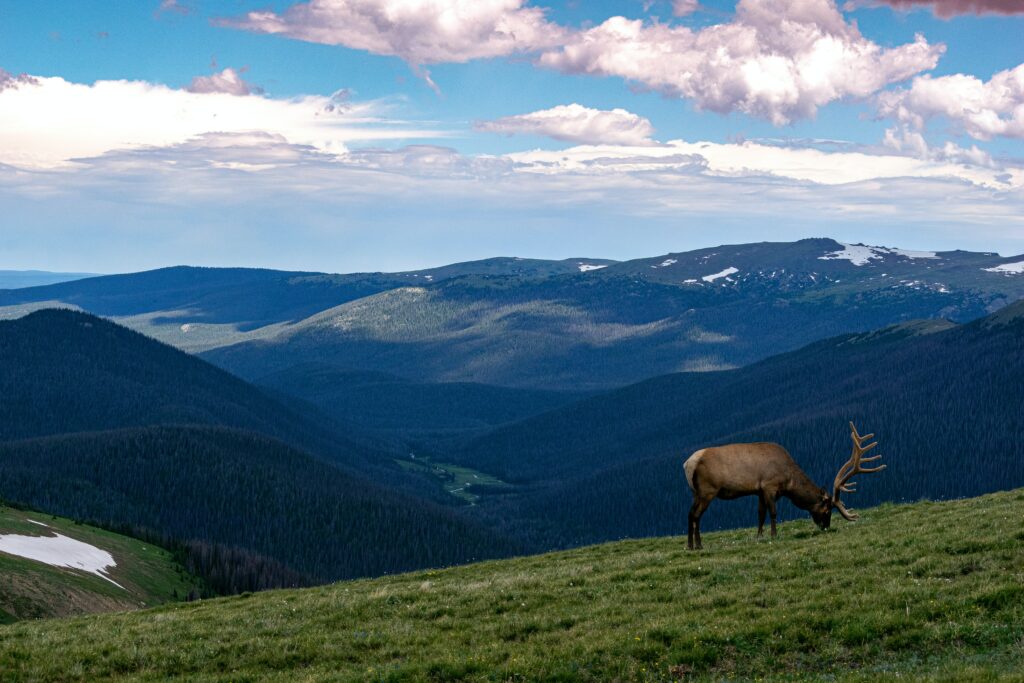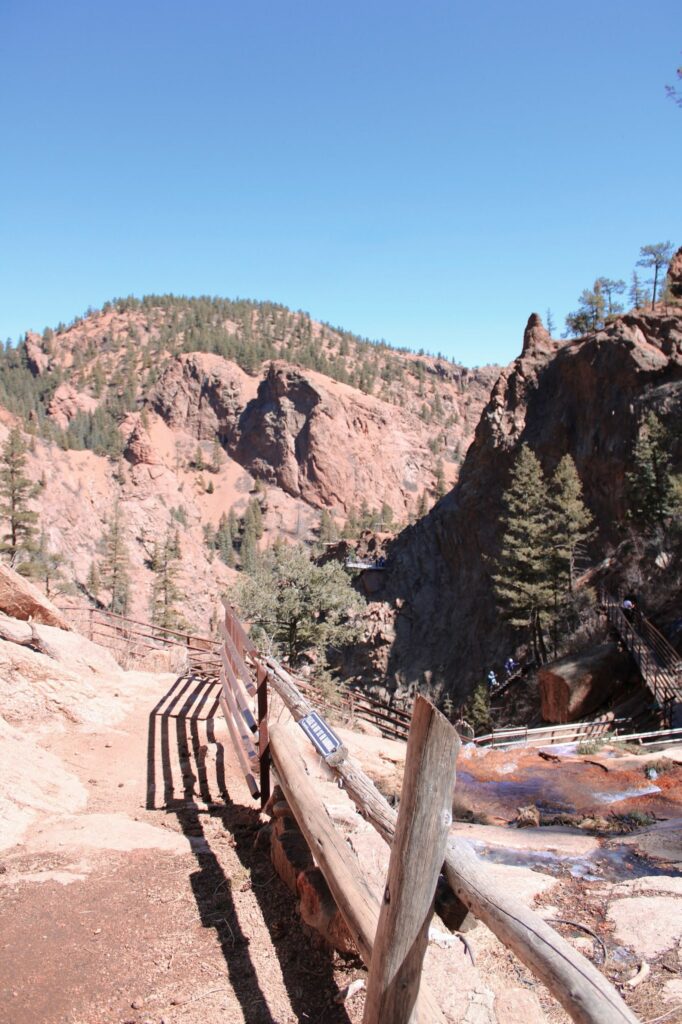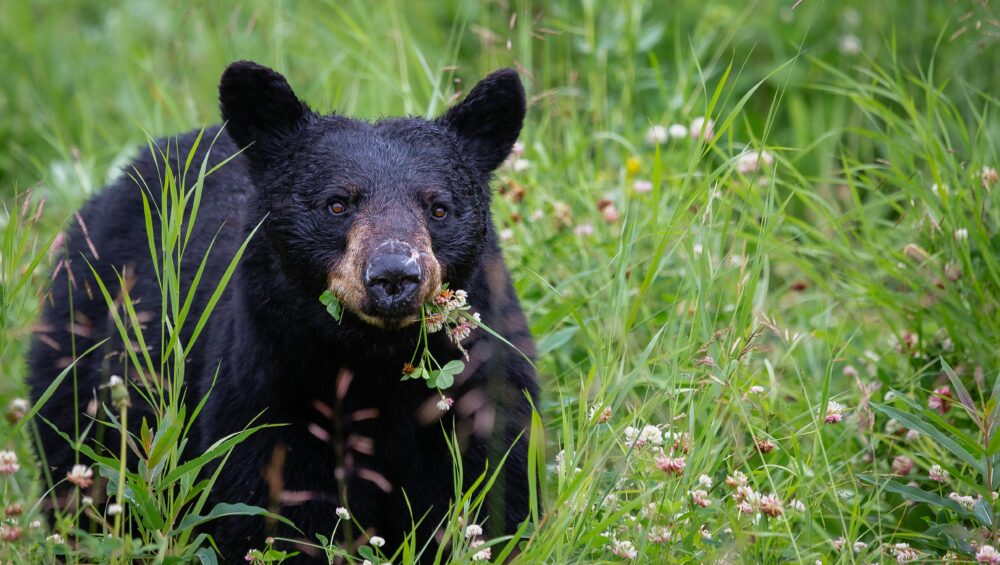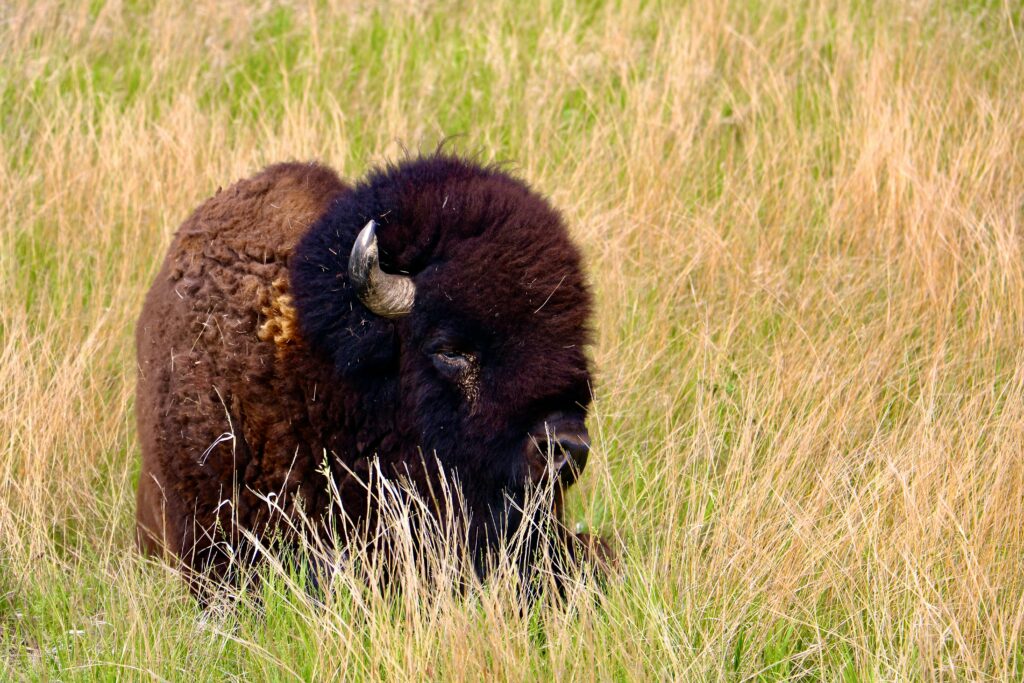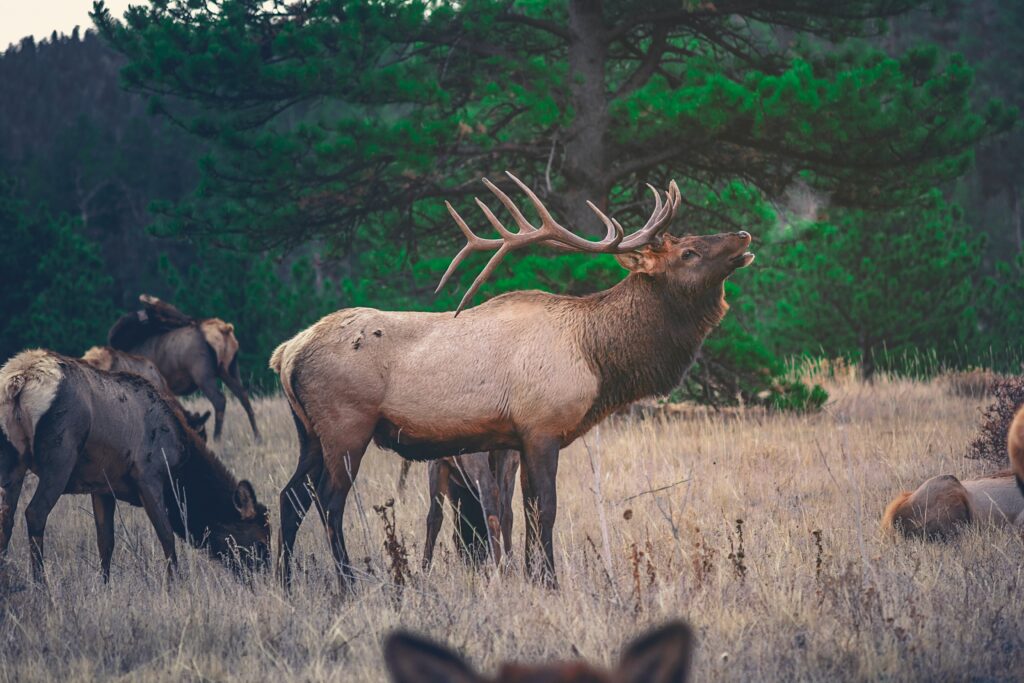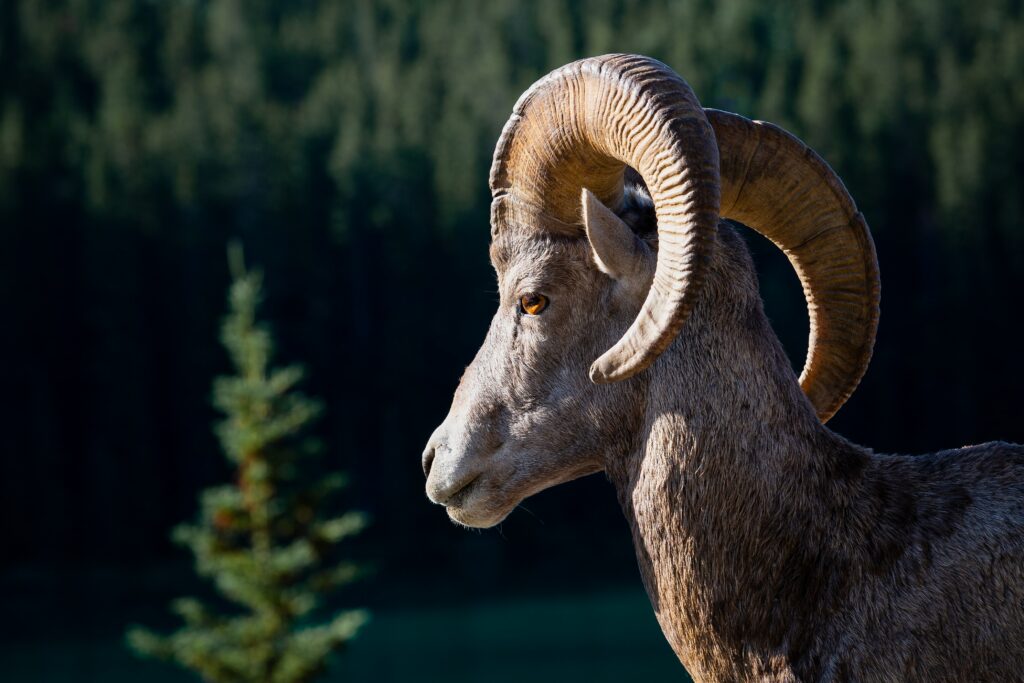Introduction to Colorado Springs’ Rich Ecosystem
Colorado Springs isn’t just about stunning landscapes and outdoor adventures. It’s a place brimming with an incredible variety of wildlife. From the majestic elk roaming through the meadows to the sly foxes that dart through the forests, this area’s rich ecosystem is a marvel to explore. What makes it exceptional is the diversity packed within. You’ll find birds of prey circling the skies, looking for their next meal, and if you’re lucky, you might spot a bear or two wandering in their natural habitat. But it’s not just about the large and noticeable creatures. The region is alive with smaller critters too, like the colorful butterflies that flutter around and the busy bees pollinating flowers. This variety isn’t just by chance. The varied altitudes, from the low valleys to the high peaks, along with the mix of temperatures and environments, make Colorado Springs a perfect place for a wide range of species to thrive. It’s truly a living, breathing community where each creature plays a vital part in the ecosystem’s health and balance. So, when you’re out exploring, remember you’re stepping into a world teeming with life that has evolved over thousands of years to create the magnificent natural spectacle we see today.
Unexpected Wildlife Encounters in Colorado Springs
Colorado Springs is a place of stunning landscapes and hidden wildlife gems. When you join one of our tours, you’re in for some surprises. Here’s what might cross your path. First, black bears. Yes, you heard it right. Although they tend to avoid humans, occasionally, they wander into residential areas or cross hiking trails. Next, mountain lions. These elusive creatures are masters of stealth. Spotting one is rare, but it’s a sign you’re truly in the wild. Don’t forget about the smaller ones, like the Abert’s squirrels. Unique to the area, these squirrels with tufted ears are not just cute; they’re a sight to behold, flaunting their long, bushy tails. And here’s a kicker – tarantulas. Surprising for Colorado, right? Every fall, male tarantulas set out on a love quest, making sightings more common than you’d think. So, keep your eyes peeled. Our tours offer more than just scenery; they’re an adventure into the animal kingdom.
The Majestic Mammals of The Rockies
When you venture into the heart of the Rockies on our Colorado Springs tours, you’re stepping into the home of some awe-inspiring mammals. These creatures rule these lands, and getting to know them is a highlight of any adventure here. First up, the bighorn sheep, Colorado’s state animal. These rugged climbers sport massive curled horns and are often spotted on rocky slopes, showcasing their incredible agility. Then there’s the elusive mountain lion, a top predator that commands respect throughout these mountains. While sightings are rare due to their secretive nature, just knowing they’re nearby adds an extra thrill to your journey.
Don’t forget about the majestic elk, roaming in large herds and captivating onlookers with their impressive antlers and haunting calls. And in the quieter corners of the forest, the black bear ambles about, a symbol of the wild that calls this region home. Each encounter with these majestic mammals is a moment to cherish, a glimpse into the wild heart of Colorado Springs’ Rockies. So, keep your eyes peeled and your camera ready. You’re in for some unforgettable wildlife encounters.
Bird Watching Wonders: Unique Avian Species
When you join us for a tour around Colorado Springs, get ready to meet some of the most unique flying locals around. Bird watching here isn’t just staring into the sky; it’s an adventure. From the magnificent bald eagles during winter months to the vividly colored broad-tailed hummingbirds in summer, the variety is stunning. Let’s not forget the stealthy great horned owls and swift peregrine falcons, known as the fastest birds in the world. These avian species make Colorado Springs a bird watcher’s treasure. Each bird brings a unique twist to the experience, with bald eagles showcasing the raw beauty of power, hummingbirds offering a glimpse into energetic flutters, and great horned owls giving you a peek into nature’s silent nocturnal life. Keep your binoculars ready and your eyes peeled; Colorado Springs’ skies are alive with stories waiting to be discovered.
The Secret Life of Reptiles and Amphibians in the Area
Reptiles and amphibians might sound like they belong in dense, wet jungles, not in Colorado Springs. But you’d be surprised. The area homes a unique variety of these creatures, each with fascinating secrets. Take the tiger salamander, our state’s largest terrestrial salamander. It thrives in the rain, hiding in burrows to keep moist. Then there’s the horned lizard, often called a “horny toad,” which has a trick up its sleeve – or rather, in its eyes. When threatened, it can squirt blood from its eyes to confuse predators. And let’s not forget the western rattlesnake, often spotted among the rocks, soaking up the sun. They might give you a scare, but they’re vital for controlling rodent populations. These cold-blooded residents play crucial roles in our ecosystem, often unseen and underappreciated. So next time you’re out on one of our tours, keep your eyes peeled for these hidden heroes. They might just surprise you with their secret lives.
Don’t Be Surprised: Insects and Arthropods Worth Noticing
When you’re out exploring Colorado Springs, don’t just keep your eyes peeled for the big wildlife. Some of the most fascinating creatures are actually the tiny ones, right at your feet or buzzing by your ear. First off, we’ve got the Colorado Hairstreak butterfly. This striking purple-winged wonder isn’t just beautiful; it’s pretty exclusive too, calling Colorado its only home. Then, there’s the fascinating world of arachnids like the bold jumping spider. Don’t worry; it’s more curious than it is scary, often leaping great distances to check out visitors. But perhaps the most eye-opening are the ant lions, critters that build deadly sand traps to catch their meals. These might sound like stuff of nightmares, but they’re a fantastic demonstration of nature’s ingenuity. So, next time you’re with us, take a moment to look down and around. The small world of insects and arthropods in Colorado Springs has some big wonders to show you.
Night-time Wildlife: Creatures of the Dark
When the sun sets in Colorado Springs, a whole new set of animals come out to play. You might not see them during your day hikes, but night-time brings out creatures with unique behaviors and adaptations. Take, for example, the elusive mountain lion, a master of the dark who prefers the cover of night to hunt. Then, there are the bats, the only mammals capable of true flight, navigating the night sky with echolocation to catch their meals on the wing. Don’t forget about the owls, with their silent flight and impressive night vision, keeping watch over the forest. The cool night air also brings out various species of insects and nocturnal birds, each playing a vital role in the ecosystem. While you’re cozy in your bed, remember that the wilderness around Colorado Springs is awake and alive with night-time wildlife, each creature adapted perfectly to thrive under the cover of darkness.
Safety and Respect: Interacting with Local Wildlife
When you’re out exploring the natural beauty around Colorado Springs, remember that we’re visiting the homes of various wildlife species. Safety and respect are key. Firstly, always keep a decent distance from animals—never approach, touch, or feed them. Wild animals can be unpredictable, especially if they feel threatened or if their young are nearby. If you encounter a bear or mountain lion, stay calm. Make yourself appear larger, speak calmly and firmly, avoid direct eye contact, and slowly back away. Never run or turn your back on them. For smaller animals like deer or squirrels, enjoy their presence from afar. Taking pictures is fine, but use your zoom instead of getting closer. Remember, feeding wild animals can make them dependent on human food and alter their natural behaviors, putting both you and them at risk. Let’s show our respect by observing without interfering. Enjoy the beauty of Colorado Springs’ wildlife safely and responsibly, ensuring these magnificent creatures continue to thrive in their natural habitat.
Stories from the Trail: Memorable Wildlife Encounters
On our tours through Colorado Springs, you’re bound to bump into some of the locals— and by locals, we mean the wildlife. From curious deer that might cross your path to the stealthy mountain lions that prefer to keep their distance, each encounter is a story waiting to be told. Picture this: a calm morning hike and suddenly, you lock eyes with a majestic elk, its antlers spreading like tree branches. Then there’s the time a guest almost stumbled upon a bear cub, heart racing until we safely directed them away. And who could forget the afternoon a group of bighorn sheep decided to showcase their climbing skills, leaving everyone in awe? These moments, unexpected and thrilling, remind us of the vibrant ecosystem that thrives here. So, yes, our trails are not just about the breathtaking views but also about these spontaneous meetings that stay with you long after you’ve left.
How to Prepare for Your Wildlife Adventure in Colorado Springs
First things first, wear comfy shoes and layers. The weather in Colorado Springs can be as unpredictable as a rabbit’s sprint, so dressing in layers ensures you’re ready for anything. Next, bring water and snacks. Exploring can work up a thirst and hunger, and staying hydrated and energized is key. Don’t forget your camera or phone. You’ll want to capture the magnificent wildlife and breathtaking scenery. Lastly, remember to respect the wildlife. This means keeping a safe distance and not feeding them. It’s all about enjoying the beauty of nature without disturbing it. So, gear up, stay mindful, and get ready for an unforgettable adventure in Colorado Springs.

